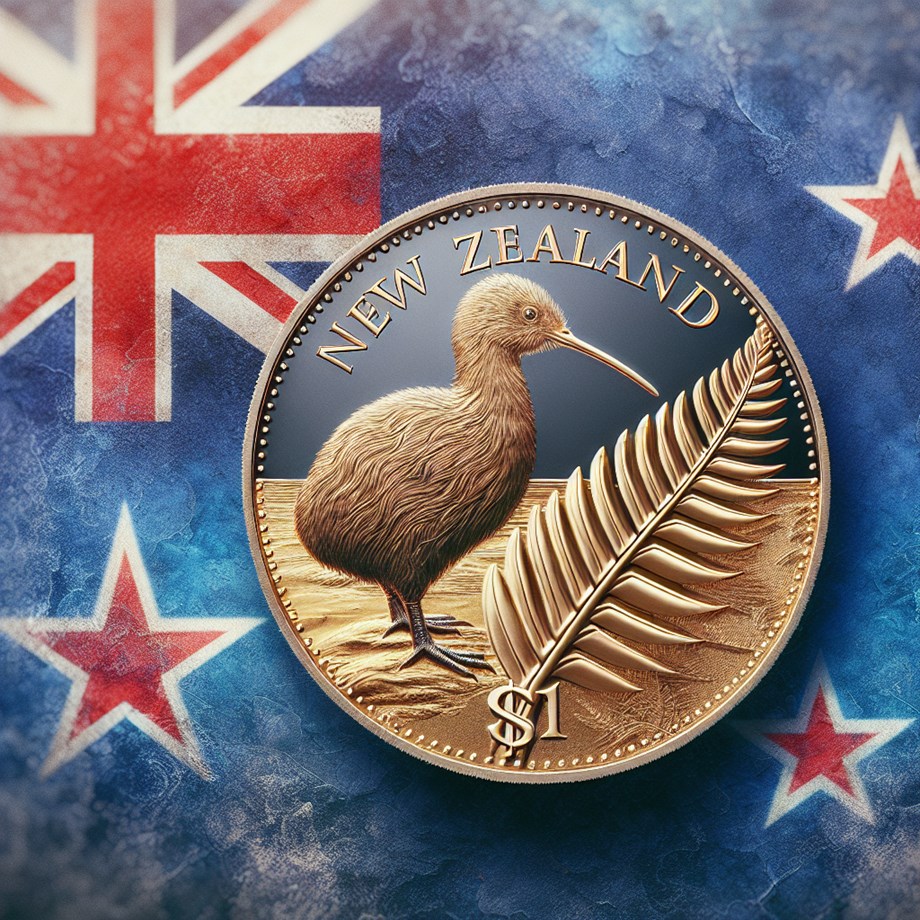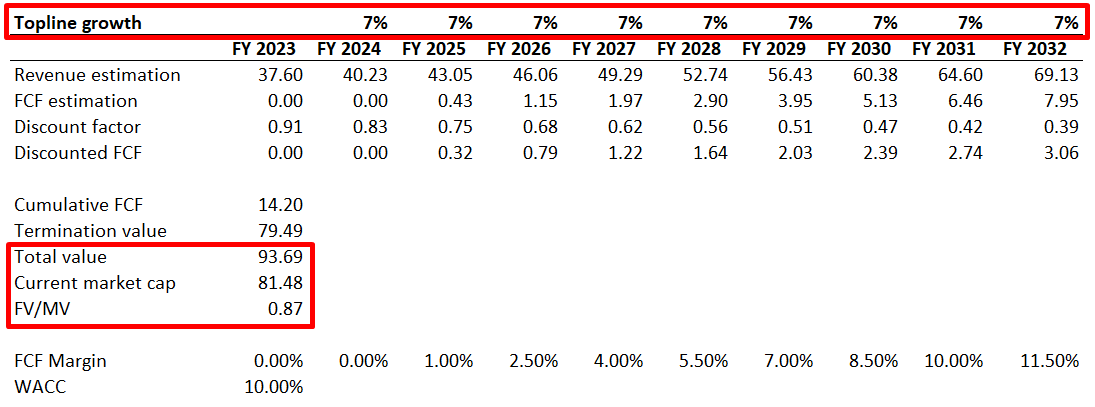Tariff Turbulence: A Global Perspective From FP Video

Table of Contents
The Causes of Tariff Turbulence
Rising tariffs globally are a complex issue with several interconnected causes. These include escalating trade wars, the resurgence of protectionist policies, growing national security concerns, and efforts to protect domestic industries from foreign competition. Understanding these root causes is crucial to comprehending the widespread impact of tariff turbulence.
-
Rise of protectionist sentiment in various countries: A growing wave of nationalism and a focus on "America First" or similar nationalistic agendas have fueled protectionist policies. Countries are increasingly prioritizing domestic industries, even at the cost of international cooperation and free trade. This is evident in the increased use of trade barriers, including tariffs and quotas.
-
Increased use of tariffs as a retaliatory measure: Tariffs are often used as a weapon in trade disputes. When one country imposes tariffs on another's goods, the affected country may retaliate with its own tariffs, escalating the conflict and creating a cycle of tariff turbulence. The US-China trade war serves as a prime example of this dynamic, with both countries imposing significant tariffs on each other's goods.
-
Impact of geopolitical instability on trade relations: Geopolitical tensions and conflicts can significantly disrupt international trade. Sanctions and trade restrictions imposed due to geopolitical concerns exacerbate tariff turbulence, adding another layer of complexity to the global trade landscape. The ongoing conflict in Ukraine, for instance, has had a significant impact on global energy prices and supply chains, further fueling economic uncertainty.
-
Domestic lobbying efforts influencing tariff policy: Powerful domestic industries often lobby their governments to impose tariffs on foreign competitors, citing concerns about unfair competition or the need to protect jobs. This lobbying can lead to protectionist policies that contribute to tariff turbulence, even if they are not always in the best interest of the overall economy. The steel and aluminum industries in several countries have successfully lobbied for tariffs, leading to higher prices for downstream industries.
Economic Impacts of Tariff Turbulence
The economic consequences of tariffs are far-reaching, affecting businesses, consumers, and national economies alike. The increased uncertainty and unpredictability contribute significantly to the overall tariff turbulence.
Impact on Businesses
Tariffs create significant challenges for businesses operating in a globalized economy.
-
Increased production costs: Tariffs increase the cost of imported inputs, raising production costs for businesses that rely on these imports. This can reduce profitability and competitiveness.
-
Reduced consumer purchasing power: Higher prices resulting from tariffs lead to decreased consumer purchasing power, impacting demand and potentially leading to business contraction.
-
Supply chain disruptions: Tariffs can disrupt global supply chains, forcing businesses to find alternative suppliers or to absorb increased costs. This disruption can lead to delays and increased uncertainty.
-
Loss of competitiveness in global markets: Businesses facing higher costs due to tariffs may lose their competitiveness in international markets, potentially leading to job losses and business closures.
-
Investment uncertainty: The unpredictability caused by tariff increases creates uncertainty, making businesses hesitant to invest in expansion or new projects.
Impact on Consumers
Consumers are also significantly impacted by tariff increases, facing higher prices and reduced choices.
-
Higher prices for imported goods: Tariffs directly increase the prices of imported goods, reducing consumer purchasing power.
-
Reduced product choices: Tariffs can limit the availability of certain products, forcing consumers to pay more for less desirable alternatives.
-
Inflationary pressures: Widespread tariff increases can contribute to inflationary pressures across the economy.
Impact on National Economies
The impact of tariff turbulence on national economies is substantial and can lead to serious negative consequences.
-
Retaliatory tariffs from other countries: Imposing tariffs can trigger retaliatory measures from other countries, further escalating trade tensions and harming economic growth.
-
Reduced international trade volume: Tariffs reduce the volume of international trade, hindering economic growth and harming overall global prosperity.
-
Slowdown in economic growth: The increased uncertainty and higher costs associated with tariffs can lead to a slowdown in economic growth, impacting job creation and overall economic prosperity.
-
Potential for trade wars and economic recession: Escalating trade conflicts driven by tariffs can result in full-blown trade wars, which can have devastating consequences for the global economy, potentially triggering a global recession.
Navigating Tariff Turbulence: Strategies for Businesses and Governments
Mitigating the negative effects of tariff turbulence requires proactive strategies from both businesses and governments.
Strategies for Businesses
Businesses need to adapt to the volatile environment created by fluctuating tariffs.
-
Diversification of supply chains: Reducing reliance on single suppliers and diversifying sources of inputs can help businesses mitigate the impact of tariffs.
-
Investment in domestic production: Shifting production to domestic locations can reduce reliance on imported inputs and avoid tariff costs.
-
Lobbying efforts for trade policy reforms: Businesses can participate in lobbying efforts to advocate for trade policies that support their interests and reduce the impact of tariff turbulence.
-
Exploring alternative markets: Businesses should explore new markets to reduce their reliance on markets affected by tariffs.
-
Cost optimization and efficiency improvements: Improving efficiency and reducing costs can help businesses offset the impact of tariffs on profitability.
Strategies for Governments
Governments play a critical role in shaping the global trade environment and mitigating the negative effects of tariff turbulence.
-
Negotiation of trade agreements: Negotiating and enforcing free trade agreements can help reduce tariffs and promote international trade.
-
Promoting free trade policies: Governments should advocate for free trade policies that reduce trade barriers and promote global economic growth.
-
Investing in domestic industries: Supporting domestic industries can improve their competitiveness and reduce their vulnerability to foreign competition and tariffs.
-
Addressing concerns of affected industries: Providing support and assistance to industries impacted by tariffs can help them adapt and remain competitive.
-
Fostering international cooperation: International cooperation is crucial to resolving trade disputes and creating a more stable global trading environment.
Conclusion
Tariff turbulence presents significant challenges to businesses, consumers, and national economies worldwide. The causes are multifaceted, ranging from protectionist sentiments and retaliatory measures to geopolitical instability and domestic lobbying. The economic consequences are equally far-reaching, encompassing increased production costs, reduced consumer purchasing power, supply chain disruptions, and potential economic slowdowns. Successfully navigating this turbulent environment requires proactive strategies from both businesses and governments, including diversification, domestic investment, policy reforms, and international cooperation. Understanding the complexities of tariff turbulence and its various manifestations is vital for mitigating risks and ensuring long-term economic stability. Stay informed about the latest developments in global trade and the ongoing tariff turbulence by regularly checking FP Video for insightful analysis and perspectives. Understanding and adapting to this dynamic environment is crucial for navigating the challenges and opportunities it presents. Learn more about managing tariff turbulence and its impact on your business by exploring the resources available on FP Video.

Featured Posts
-
 Gazze Den Yerinden Edilen Filistinlilerin Zorlu Hayati
May 19, 2025
Gazze Den Yerinden Edilen Filistinlilerin Zorlu Hayati
May 19, 2025 -
 Jennifer Lawrence And Cooke Maroney Couple Steps Out Amidst Baby No 2 Speculation
May 19, 2025
Jennifer Lawrence And Cooke Maroney Couple Steps Out Amidst Baby No 2 Speculation
May 19, 2025 -
 Uber Uber Investment Potential And Risks
May 19, 2025
Uber Uber Investment Potential And Risks
May 19, 2025 -
 Optimizing Your E Commerce Business For Mobile
May 19, 2025
Optimizing Your E Commerce Business For Mobile
May 19, 2025 -
 All About Eurovision 2025 Host City Dates And More
May 19, 2025
All About Eurovision 2025 Host City Dates And More
May 19, 2025
